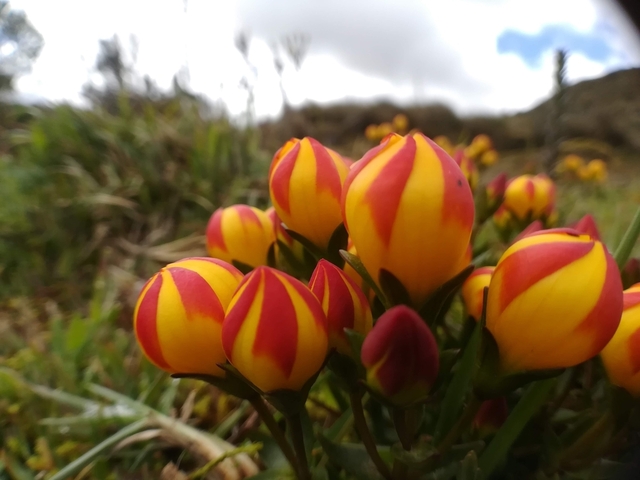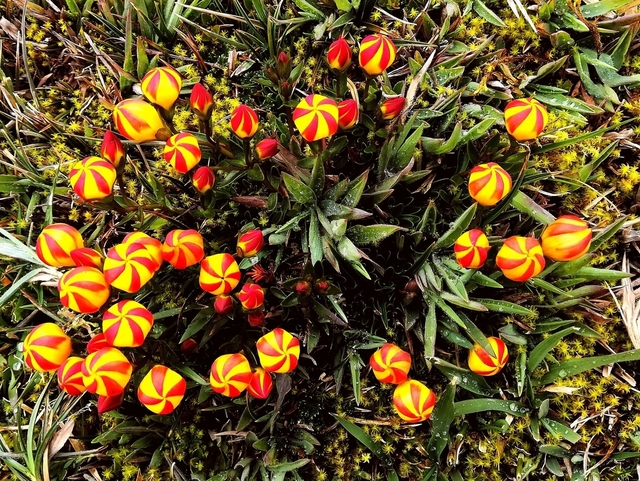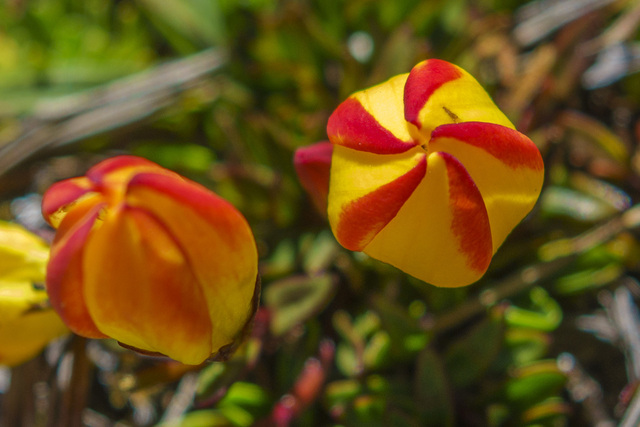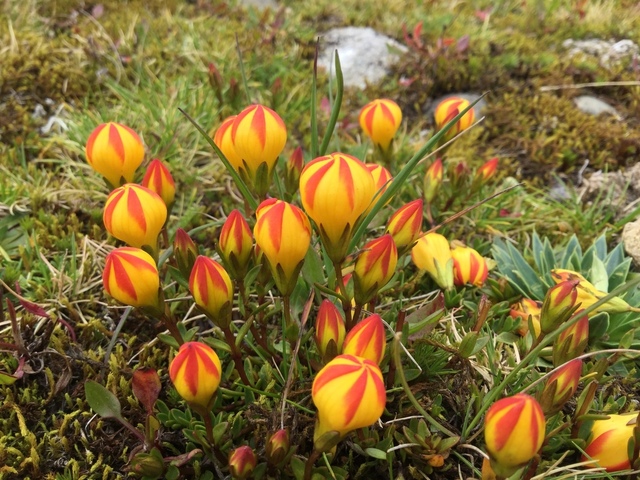Gentianella hirculus is a rare and intriguing species within the Gentianaceae family, known for its delicate yet striking floral characteristics. This plant is native to specific alpine and subalpine environments, thriving in high-altitude meadows, rocky slopes, and moist, well-drained soils. Its rarity and ecological significance make it an important subject of study in botany and conservation biology.

Scientific Name: Gentianella hirculus
Family: Gentianaceae
Genus: Gentianella
Order: Gentianales
Common Name: (No widely recognized common name)
This species belongs to the Gentianella genus, which consists of numerous biennial and perennial herbaceous plants primarily distributed across temperate and mountainous regions worldwide.
The flowers of Gentianella hirculus exhibit the classic gentian-like structure, with a vibrant corolla, usually ranging from deep blue to violet, sometimes with lighter streaks. The petals form a tubular or bell-shaped structure, which is a hallmark of many gentian species.
The leaves are opposite, lanceolate, and slightly glossy, aiding in photosynthesis efficiency at high altitudes.
The stem is erect, slender, and may show slight reddish or purplish hues, especially in colder conditions.
Like many alpine plants, Gentianella hirculus possesses a fibrous root system that allows it to anchor firmly in rocky, nutrient-poor soils. This adaptation helps it survive in extreme weather conditions.

Gentianella hirculus is predominantly found in high-altitude meadows, mountain slopes, and moist grasslands. Its distribution is limited, and it is considered a rare species in many regions.
Altitude: Typically grows at elevations between 1,500 to 3,500 meters.
Soil Type: Prefers well-drained, slightly acidic soils rich in organic matter.
Climate: Thrives in cool, temperate climates with high humidity levels.
Sunlight Requirements: Partial to full sunlight, depending on the local microclimate.
As with many gentian species, Gentianella hirculus relies on insect pollinators, primarily bees, butterflies, and certain fly species. The deep corolla structure facilitates specialized pollination, ensuring efficient pollen transfer.
This species primarily propagates through wind-dispersed seeds, which are lightweight and adapted for dispersal over long distances. However, due to habitat fragmentation, natural regeneration is becoming increasingly challenging.

Due to its restricted habitat range and environmental sensitivity, Gentianella hirculus is classified as a vulnerable or endangered species in certain regions.
Habitat Destruction: Due to climate change, deforestation, and agricultural expansion, many of its natural habitats are shrinking.
Overgrazing: Livestock grazing in alpine meadows can disrupt soil composition and damage young plants.
Climate Change: Rising temperatures and unpredictable weather patterns affect blooming cycles and seed viability.
Human Activities: Tourism, construction, and mining in alpine regions pose a significant threat.
Protected Areas: Establishing national parks and botanical reserves to safeguard wild populations.
Ex-situ Conservation: Cultivation in botanical gardens and seed banks to preserve genetic diversity.
Habitat Restoration: Reforestation and reintroduction programs in degraded areas.
Although Gentianella hirculus is not as extensively studied for medicinal uses as other gentian species, members of the Gentianaceae family are known for their bitter compounds, which have been historically used in:
Digestive health remedies
Liver function enhancement
Appetite stimulation
Traditional herbal medicine in mountain communities

Due to its unique aesthetic appeal, Gentianella hirculus has potential in alpine gardens and rock gardens. However, due to its specific growth requirements, cultivation can be challenging outside its natural habitat.
Soil: Well-drained, rich in organic matter
Watering: Moderate, avoiding waterlogging
Sunlight: Prefers full sun to partial shade
Temperature: Thrives in cooler climates, struggles in extreme heat
Gentianella hirculus is a fascinating and rare alpine species that holds ecological, scientific, and potential medicinal significance. Its conservation is critical due to habitat loss and climate change, making further research and preservation efforts essential. Whether for ecological research, conservation biology, or alpine gardening, this plant continues to captivate botanists and nature enthusiasts alike.
animal tags: Gentianaceae
We created this article in conjunction with AI technology, then made sure it was fact-checked and edited by a Animals Top editor.